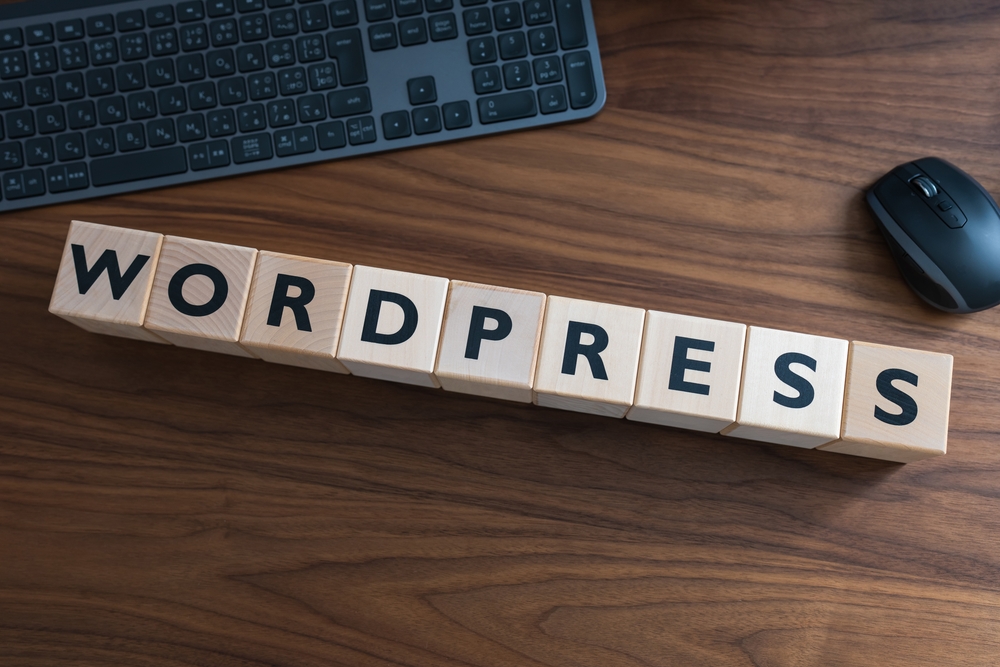
WordPress (the platform for bloggers) has established itself as the go-to platform for website development over the years. Its user-friendly interface and vast array of customization options make it a powerful tool for creating and maintaining websites. Whether you're a seasoned developer or a beginner, there are always new tricks to learn to enhance your WordPress (or WP) website. In this article, we'll explore some top tips and tricks to help you master WordPress (the blogging platform) customization and maintenance.
1. Choose the Right Theme
The theme you select for your WordPress (WP) website plays a crucial role in its overall appearance and functionality. It's essential to choose a theme that aligns with your website's purpose and aesthetics. The WordPress theme repository offers thousands of free themes to choose from, or you can opt for premium themes available from various reputable providers.
When selecting a theme, consider factors such as responsiveness, compatibility with plugins, and overall design. Additionally, make sure the theme is regularly updated by its developers to ensure optimal performance and security.
2. Utilize Plugins
One of the greatest advantages of WordPress is its extensive library of plugins, which allow you to add various features and functionality to your website. Plugins can help you optimize your website for search engines, improve site speed, enhance security, and much more.
However, it's crucial to use plugins judiciously. Installing too many plugins can slow down your website and create compatibility issues. Only choose reputable plugins from trusted sources and regularly update them to ensure they're compatible with the latest version of WordPress.
3. Customize Your Website's Appearance
WordPress offers a range of customization options to make your website unique and visually appealing. Take advantage of these options to create a website that reflects your brand identity and captures the attention of visitors.
Begin by customizing your website's colors, fonts, and layout. WordPress provides a built-in customizer that allows you to preview changes in real-time before applying them. Additionally, explore the wide range of free and premium page builder plugins available, which offer drag-and-drop functionality to build custom layouts and designs without any coding knowledge.
4. Optimize Your Website for Speed
Website speed plays a significant role in user experience and search engine rankings. Slow-loading websites lead to higher bounce rates and decreased conversions. Therefore, optimizing your WordPress website for speed is crucial.
Start by choosing a lightweight theme that focuses on performance. Additionally, minimize the use of large images and optimize them for the web by compressing them. Use caching plugins to store static versions of your website, reducing the server load and improving load times. Lastly, consider using a CDN (Content Delivery Network) to serve your website's static content from servers located around the world, ensuring faster loading times for visitors from different locations.
5. Implement Regular Backups
Regular backups are essential to safeguard your WordPress website from potential data loss or website crashes. Many hosting providers offer automated backup options, but it's advisable to have an off-site backup as well.
Several WordPress plugins allow you to schedule automatic backups and securely store them on cloud storage services such as Google Drive or Dropbox. This ensures that even in the event of a catastrophic server failure, your website's data remains safe.
Frequently Asked Questions
1. Can I switch my WordPress theme without losing content?
Yes, switching your WordPress theme will not result in any loss of content. However, any customizations made to the previous theme may not carry over, and you may need to reapply them.
2. How do I add a contact form to my WordPress website?
To add a contact form to your WordPress website, you can use plugins such as Contact Form 7, WPForms, or Gravity Forms. These plugins allow you to easily create and customize contact forms and embed them into your web pages or blog posts.
3. How can I improve my WordPress website's security?
To enhance your WordPress website's security, ensure that you keep both WordPress core and all installed plugins and themes up to date. Additionally, choose a secure hosting provider, use strong passwords, and install a security plugin such as Wordfence or Sucuri.
4. How can I optimize my WordPress website for SEO?
To optimize your WordPress website for SEO, focus on creating high-quality content that incorporates relevant keywords. Use an SEO plugin such as Yoast SEO or All in One SEO Pack to optimize meta tags, title tags, and XML sitemaps. Additionally, ensure your website is mobile-friendly and has fast loading times.
5. Can I change my WordPress website's domain name?
Yes, you can change your WordPress website's domain name. However, this process requires caution and careful planning. It's advisable to seek guidance from your hosting provider or a professional developer to ensure a smooth transition and avoid any potential issues.
With these top tips and tricks, you're on your way to mastering WordPress customization and maintenance. Remember to regularly update your themes and plugins, optimize your website's speed and security, and leverage the vast WordPress ecosystem to enhance your website's functionality. Happy WordPressing!
Other useful resources
- https://www.wordpress24plus.com/topics/wordpress-tips-and-tricks/
- https://www.wordpress24plus.com/services/wordpress-development/
- https://en.wikipedia.org/wiki/Blog